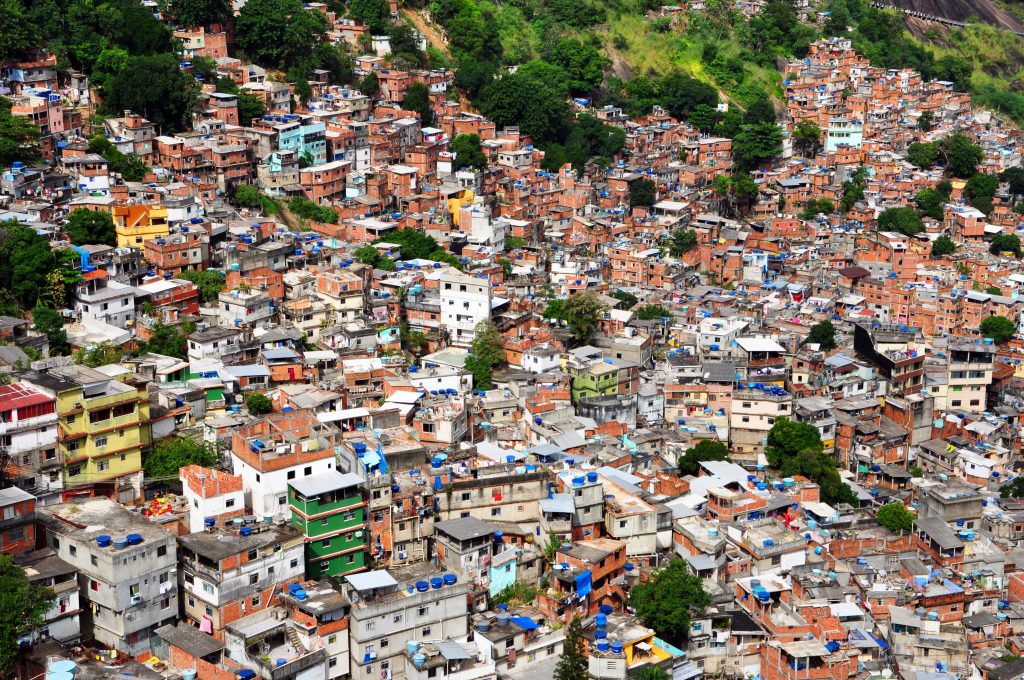Casa Amarela is a center for the arts and culture located at the very top of Morro da Providencia, a shanty town in the middle of Rio de Janeiro. The organization’s vision, according to their website, “is to improve the lives of Morro da Providência’s inhabitants through art, culture and education. It is our belief that, by fostering a culture of creativity and curiosity based on art and education, it is possible to enable the members of the community to take control over their own development and lives.”
Further, Casa Amarela has always been dedicated to supporting its community, and while the pandemic has made that task slightly more difficult, their work and dedication has not ceased. They have come up with a myriad of new initiatives to support Morro da Providencia, despite the challenges.
With no running water, no hospitals, thousands living in close quarters, and an ignorant president, it is no doubt that Rio’s favelas will suffer greatly from this virus. The fatality rate for the country as a whole is 6.8% according to the Brazilian Report, while in the United States it is around 1 to 2%. “A greater problem that is arising is the time to pick up the dead bodies,” said Nina, co-director of Casa Amarela, in portuguese, “Corpses that have been dead for three days in people’s homes. A lot of hospitals already don’t have enough beds. Sadly, there is no space and no one able to help.”
Nina also commented that an even bigger issue has been shame. Many residents refuse to acknowledge their symptoms and are embarrassed of contracting the virus. “It has been very difficult for people to respect [the rules of social distancing]. People are ashamed. Last week, two residents with the virus came to pick up donations. People are walking around with the virus, but ashamed to say they have it,” said Nina.
Shame has been coupled with ignorance and lack of economic relief worsening the situation altogether. “People need to leave their houses to go work. There is a lack of information. Young children are respecting [the rules], but teenagers, with parents that are not as present, are going to the streets whenever they want,” said Nina.
However, little by little, Casa Amarela is introducing more and more projects to help out as much as possible. The organization has been in contact with some of the kids that used to go the center after school and have been offering extra tutor help, english lessons, and some artistic opportunities. They have been distributing coloring books created by some of the artists they work with, as well as working to start a partnership between students at photographer JR’s photography school and the students at Casa Amarela. They are hoping that the students can exchange photographs and create some form of connection amidst this pandemic.
Additionally, through donations and partnerships with other organizations, they have also been able to distribute food baskets with hygiene products and everyday necessities to the shantytown’s most precarious residents. In total, they have distributed 670 baskets so far and plan on distributing more this month.
Nina tells me that this work is not usually part of Casa Amarela, but something they had to do in response to this pandemic. They hope that their work will lead families to respect social distancing, stay at home, and decrease the spread of this virus and the number of deaths. Although this virus does not discriminate, it is clear by now that it will be far worse for those less privileged and recovery from it does not look easy. There is no doubt that the families in Morro da Providencia have and will be greatly affected by it and the inequalities that are already there will grow to an even greater amount. Casa Amarela, however, is doing the best they can to decrease that inequality and give the families the protection they deserve.
Instagram: @casaamarelaprovidencia






